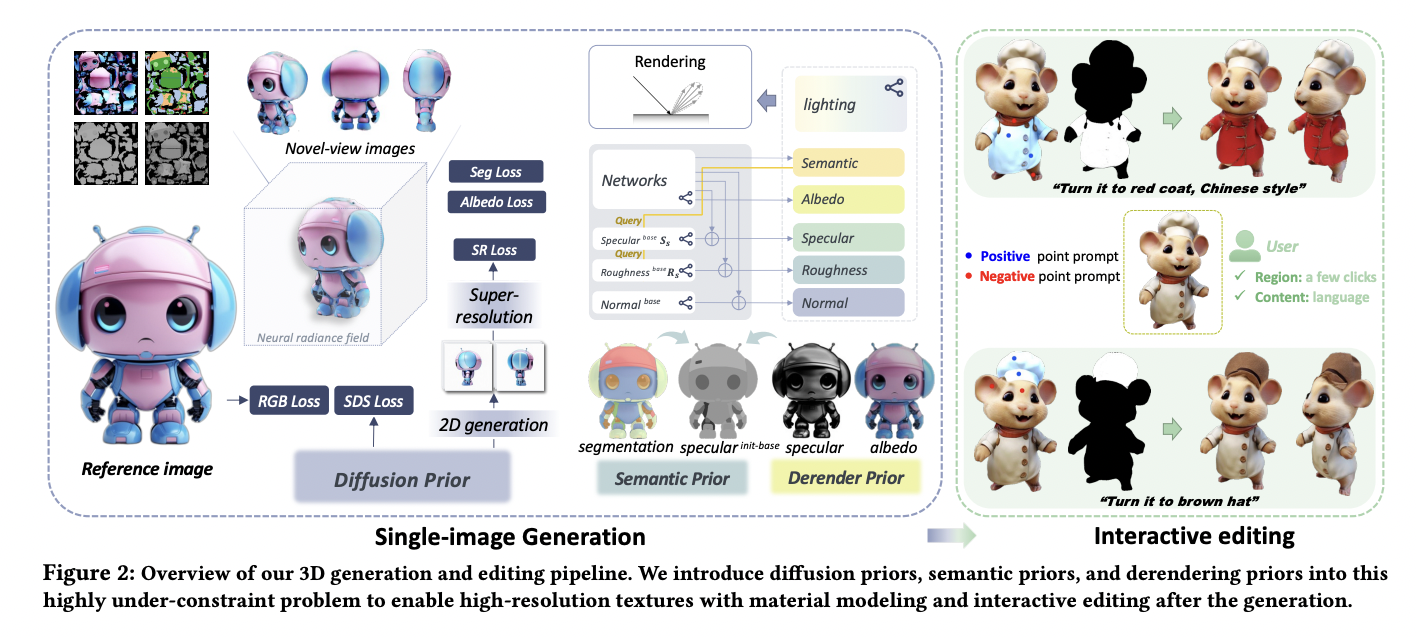We’re partnering with six education charities and social enterprises in the United Kingdom (UK) to co-create a bespoke education programme to help tackle the gaps in STEM education and boost existing programmes through funding, volunteering, and the development of new AI resources. Access to STEM education remains a challenge for many young people in the…











